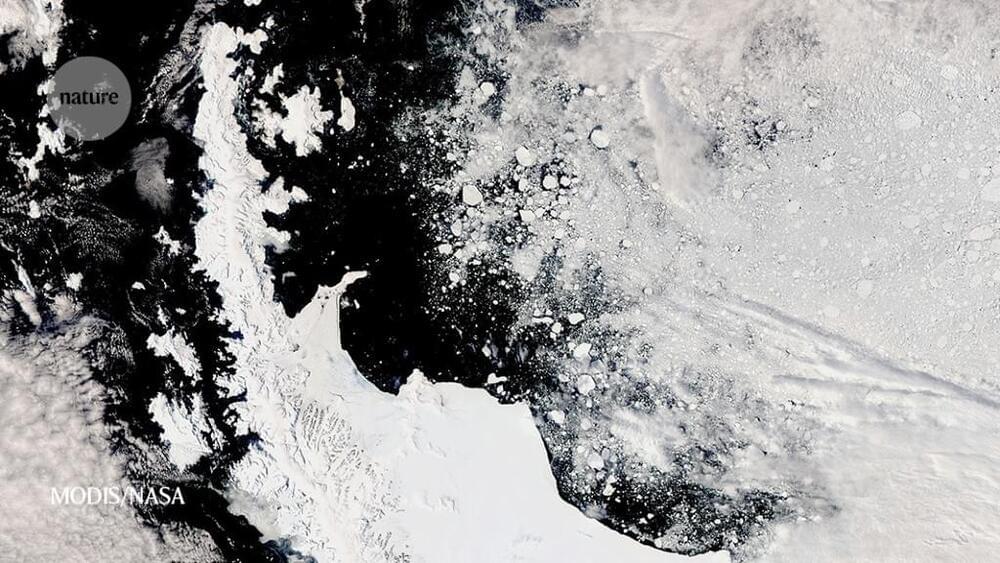The best picture ever❤.





A superyacht captain used sonic weapons to fend off pirates, an industry insider told The Times of London.
They also deployed “pain rays,” which create a burning sensation on the skin, the worker said.
The captain used the weapons against armed pirates approaching on inflatable boats, the worker added.
The captain deployed the weapons as armed pirates sped towards him on inflatable boats, an industry insider wrote in The Times of London.





